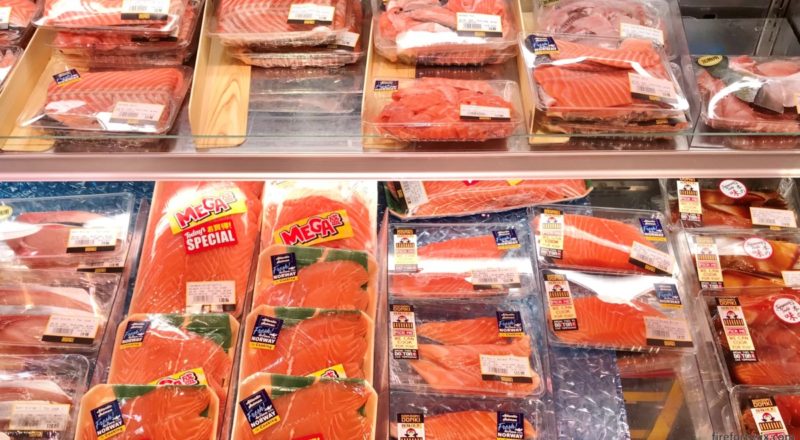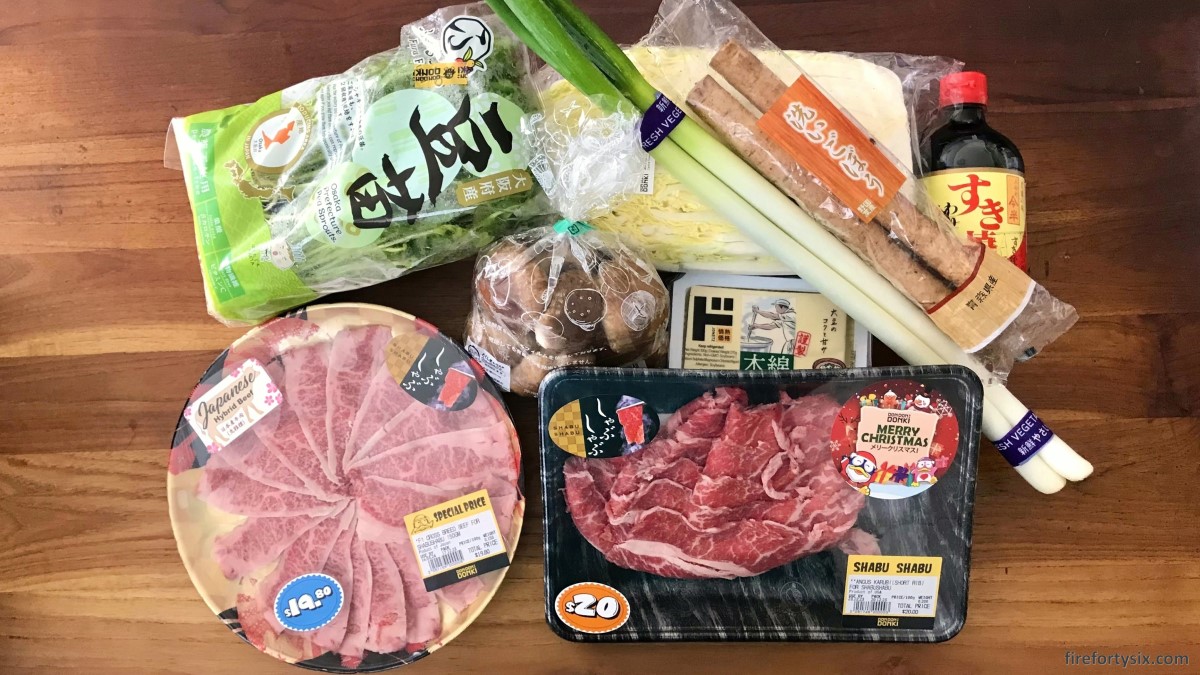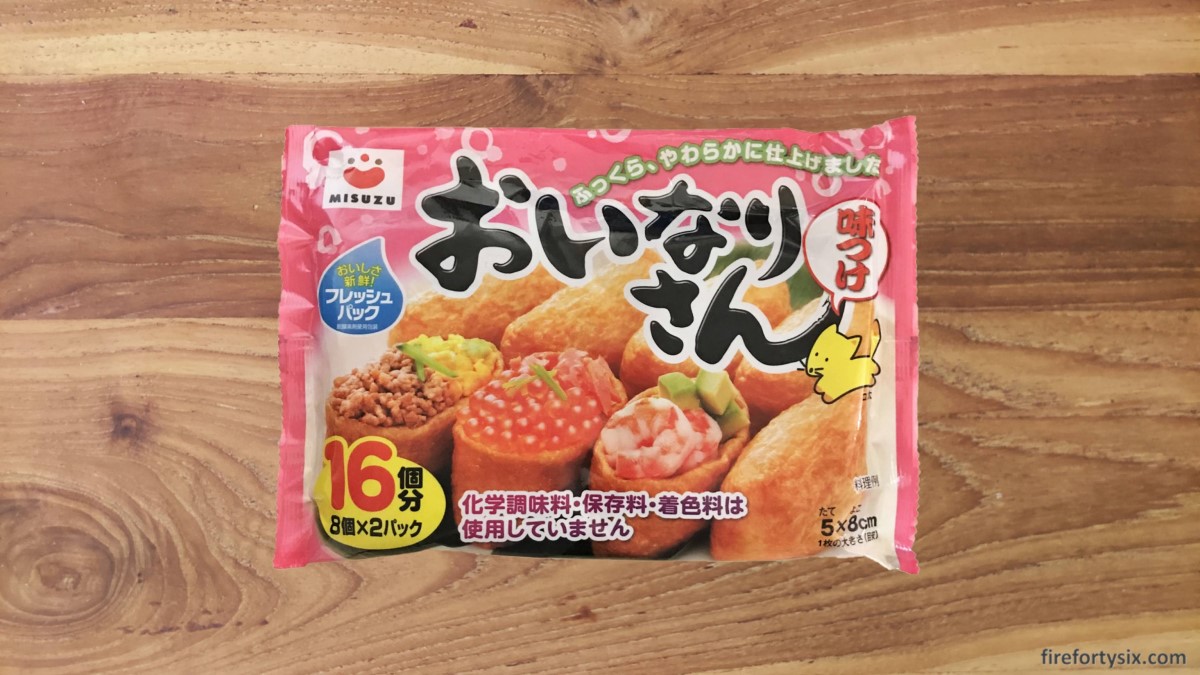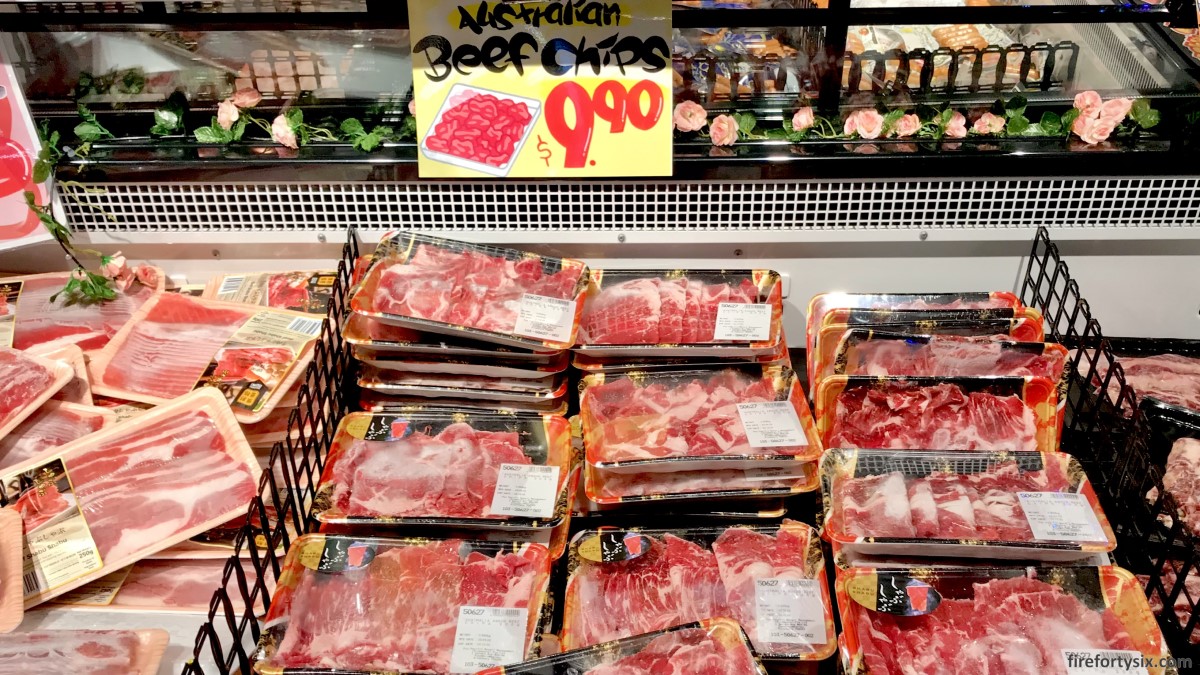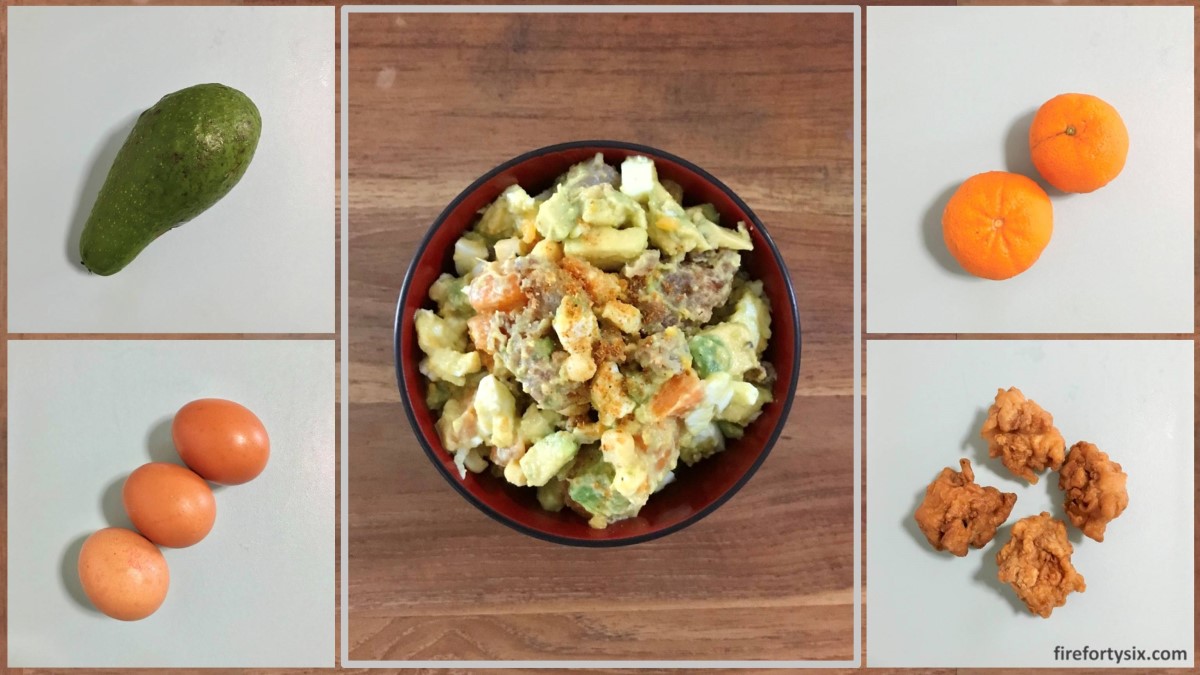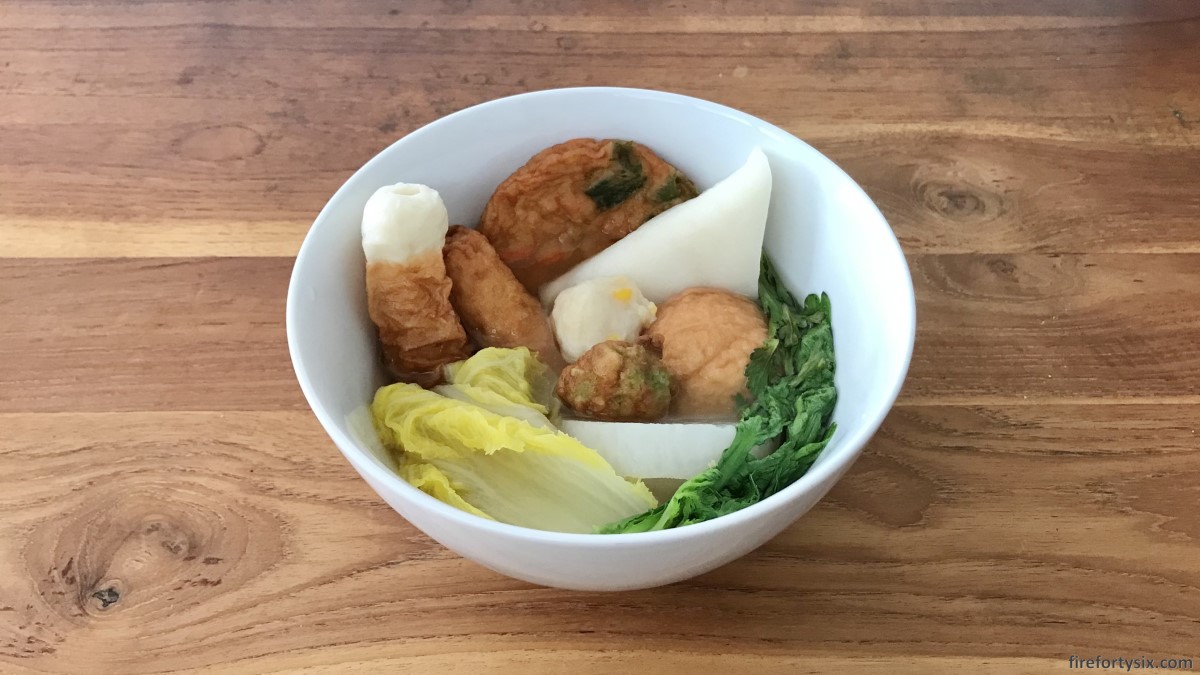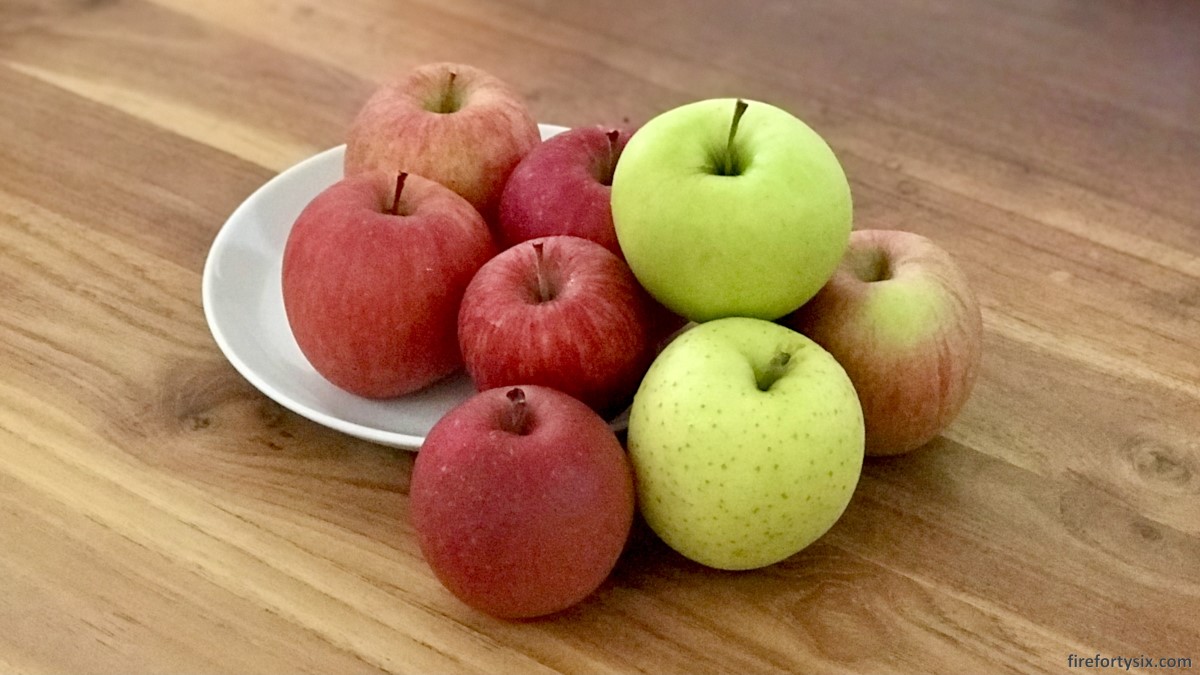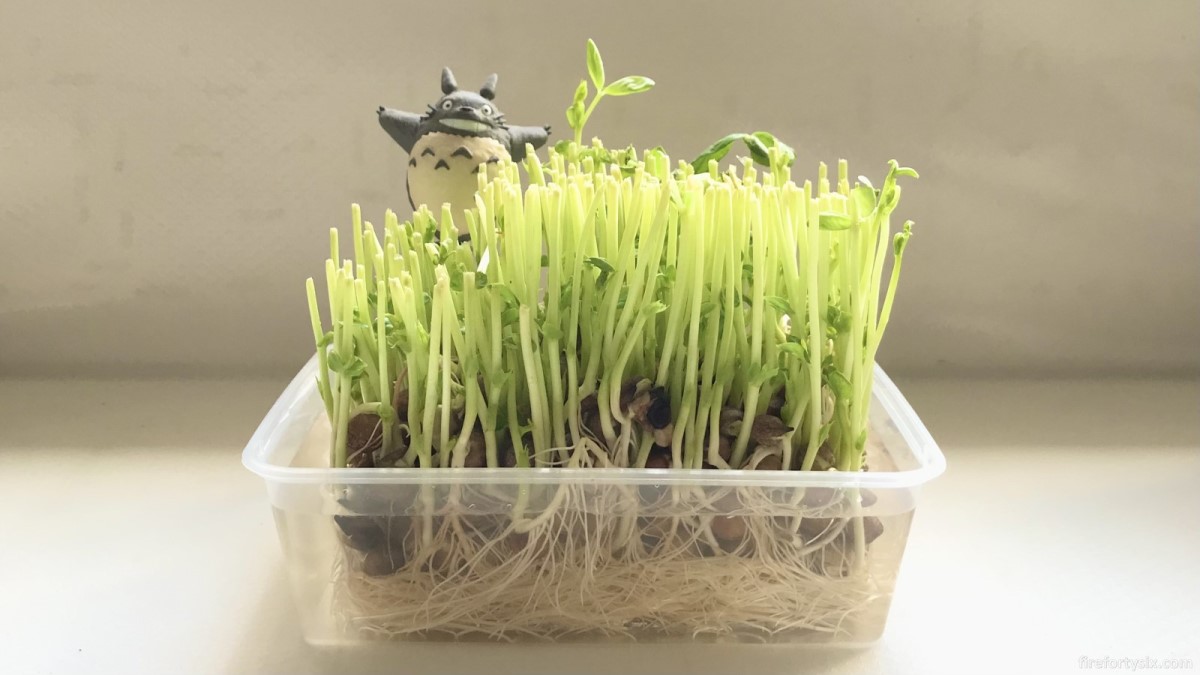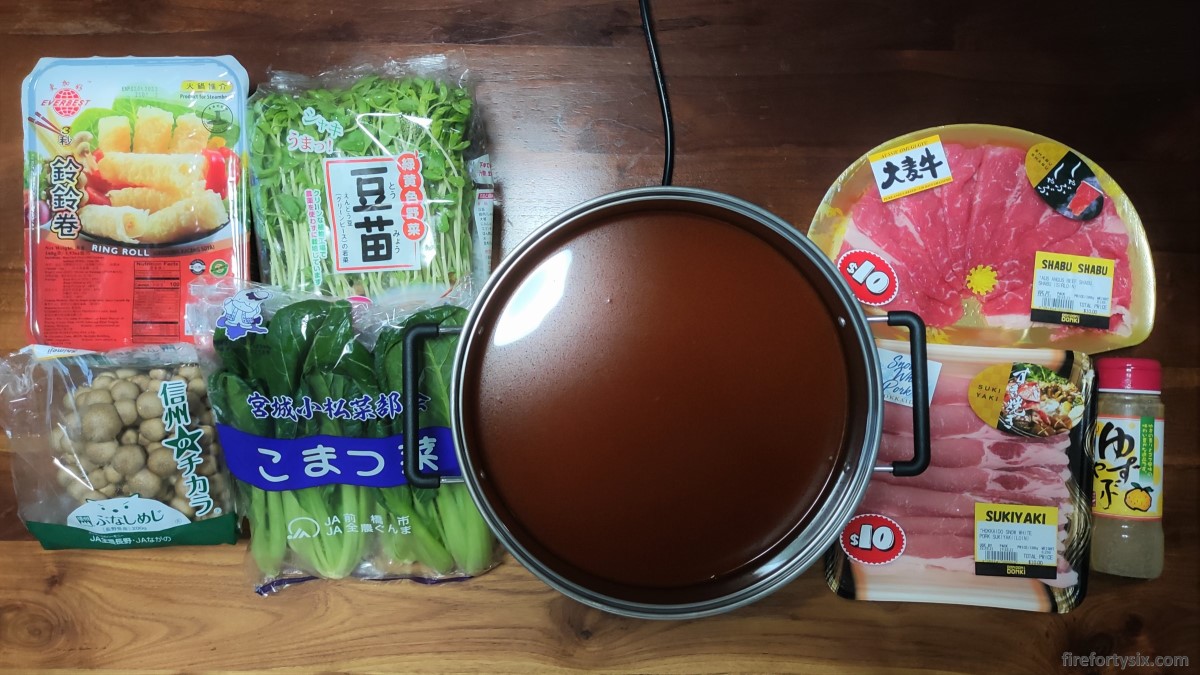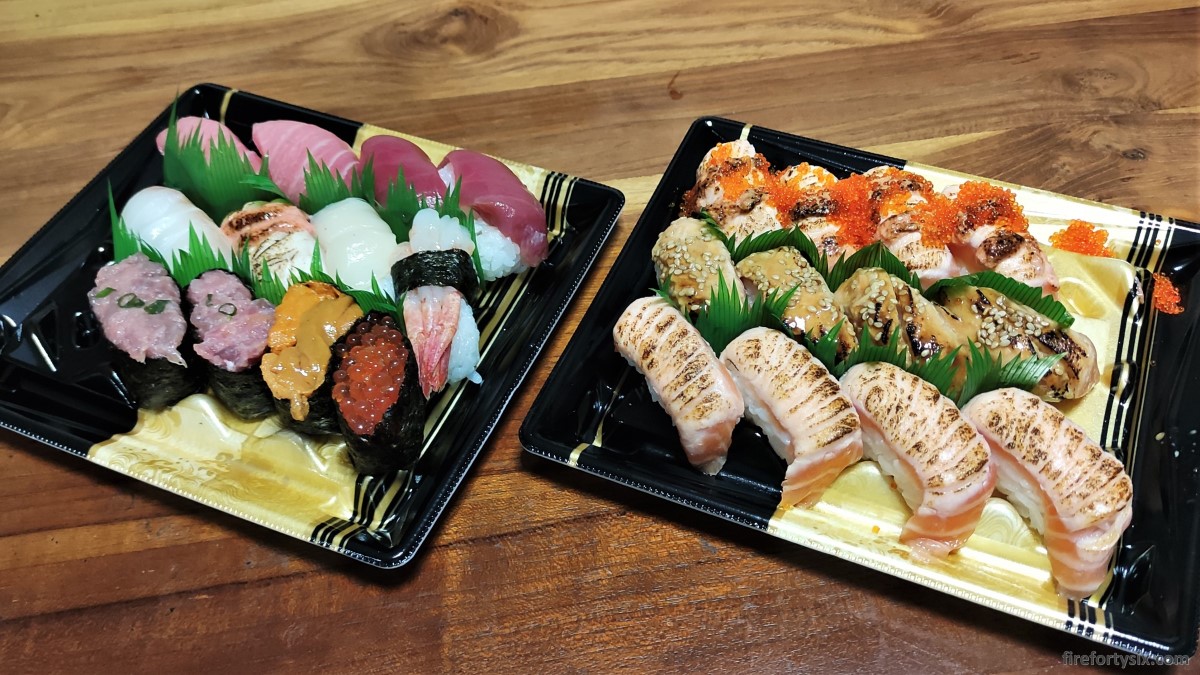Despite being an island, it’s surprisingly difficult to find cheap-and-good fresh fish in Singapore.
The ones from our neighbourhood wet market are almost surely imported from Malaysia or Indonesia, and take some time to reach the Jurong Fishery Port for local re-distribution.
By the time they’re available for sale to retail customers, freshness is clearly compromised, as easily determined by a simple smell test. Which is why The Wife has been buying frozen fish online.
Recently though, she’s found another source of fresh fish with a good cost-performance ratio — the Don Don Donki at Clarke Quay. The quality of the fish at that particular branch seems to be of higher quality, compared to other outlets that we frequent, such as Orchard Central and Novena.
I’m guessing that it’s because of the high concentration of Japanese expats living in the River Valley area, coupled with the relocation of Meidi-ya from the now demolished Liang Court shopping centre.
Salmon Fin
Donki sells a lot of prepared salmon sushi and sashimi, and a by-product of all that filleting are the offcuts that are sold under the label “salmon fin”. They’re not priced by weight, but are packed generously into portions that go for just S$4.80.

The presence of bones make them slightly less convenient to cook that prepared salmon steaks or fillets, but they’re still surprisingly meaty, fresh and fatty. Add them into a miso soup, together with some Donki sprouts, for a hearty and healthy dinner.
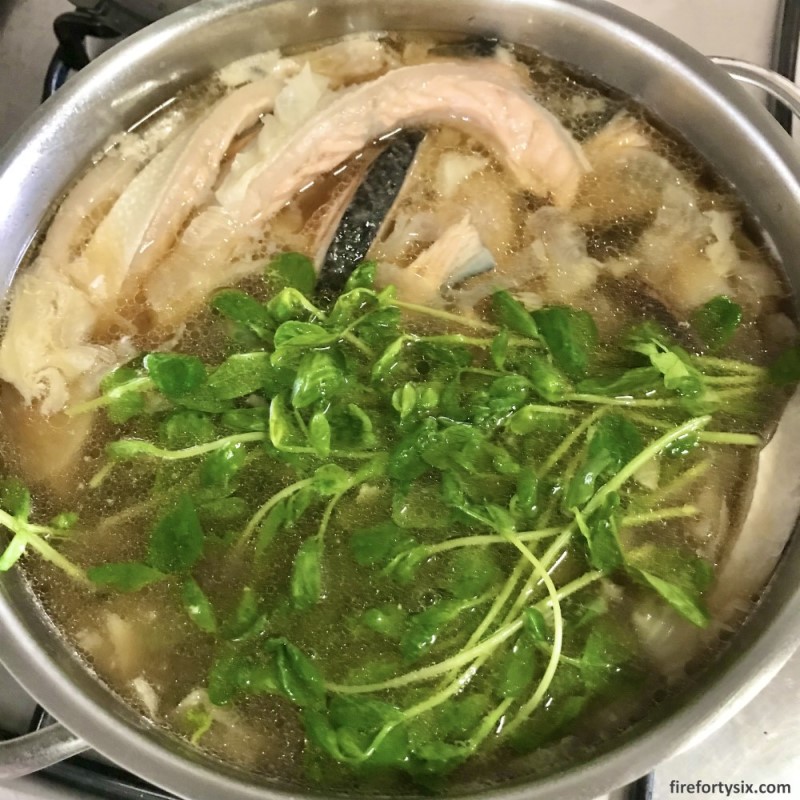
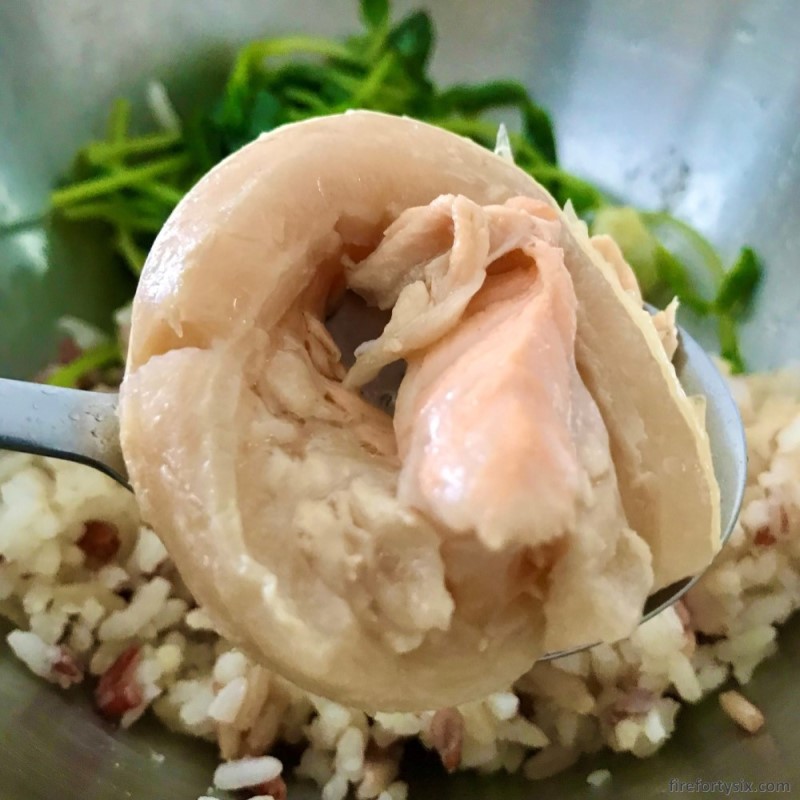
Using them fresh out of the packet is ideal, but they freeze quite nicely and can be thawed out days (or even weeks) later without compromising too much on their freshness. And because Donki makes so much salmon sushi, the fins always seem to be available.
Buri Fillet
Buri has a special place in our hearts as it featured in the best chazuke that we’ve ever had. Since then, we end up ordering it whenever it appears on the menu of sushi shops. So naturally, when it surfaced in Donki’s fish chiller in fillet form at S$5.80/100gm, it was a no brainer to pick it up and bring it home.
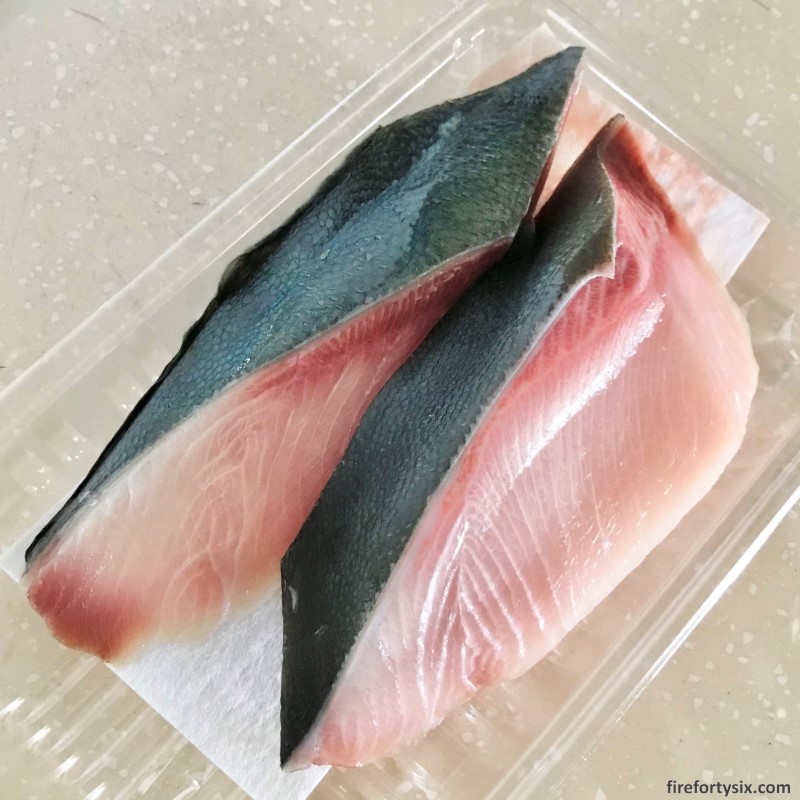
The Wife opened up her precious bottle of fancy shoyu, bought years ago in the depachika of Abeno Harukas in Osaka, and used it to make a rich teriyaki. The end result was juicy, flaky, sweet and savoury, and was a good match with some mushrooms and negi.
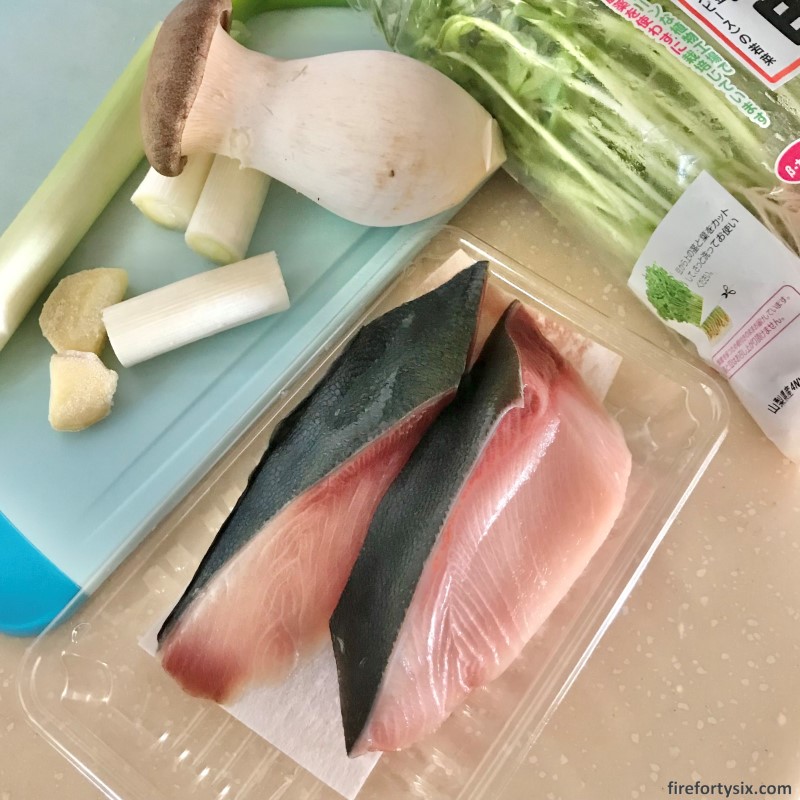
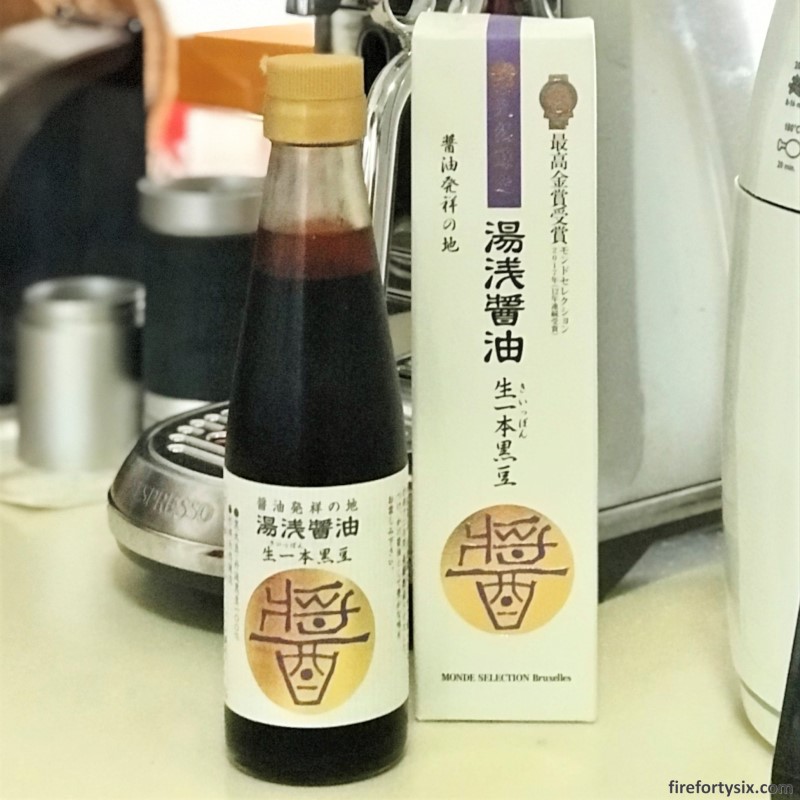
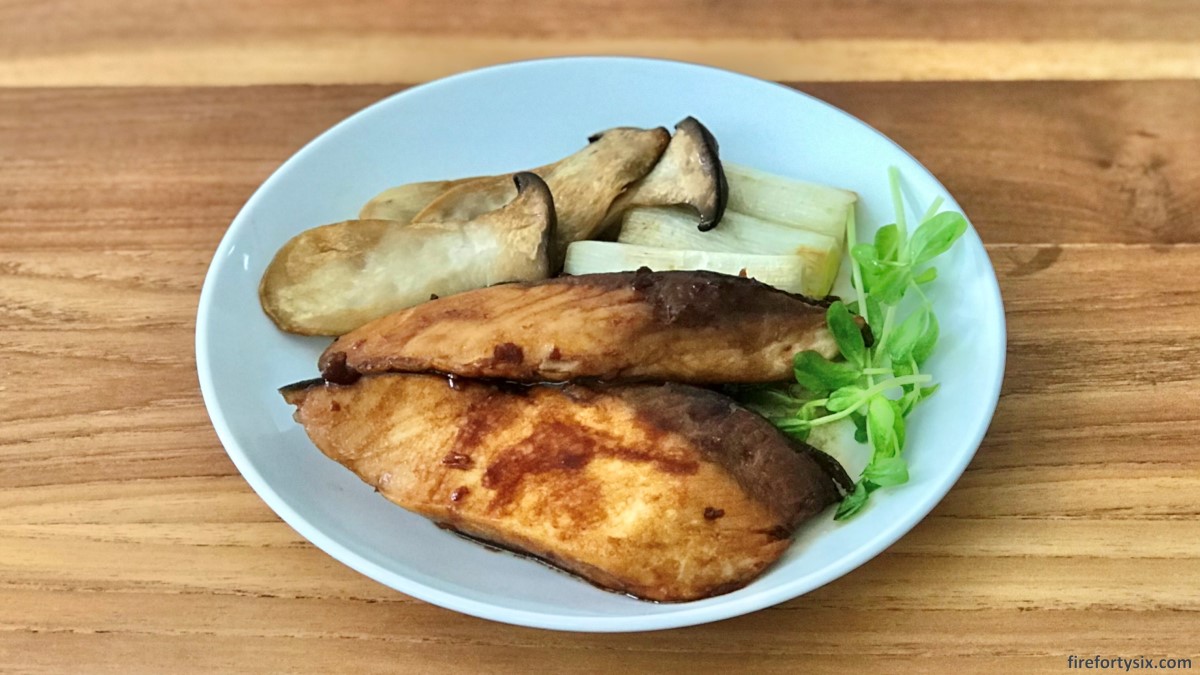
Kampachi Kama
Kama (かま), or collar, is one of the more underrated cuts of fish. Sitting between the head and the gills, it’s big and bony and can seem quite daunting to cook at home. At S$10.80 for a hefty pack, it provides compelling value.
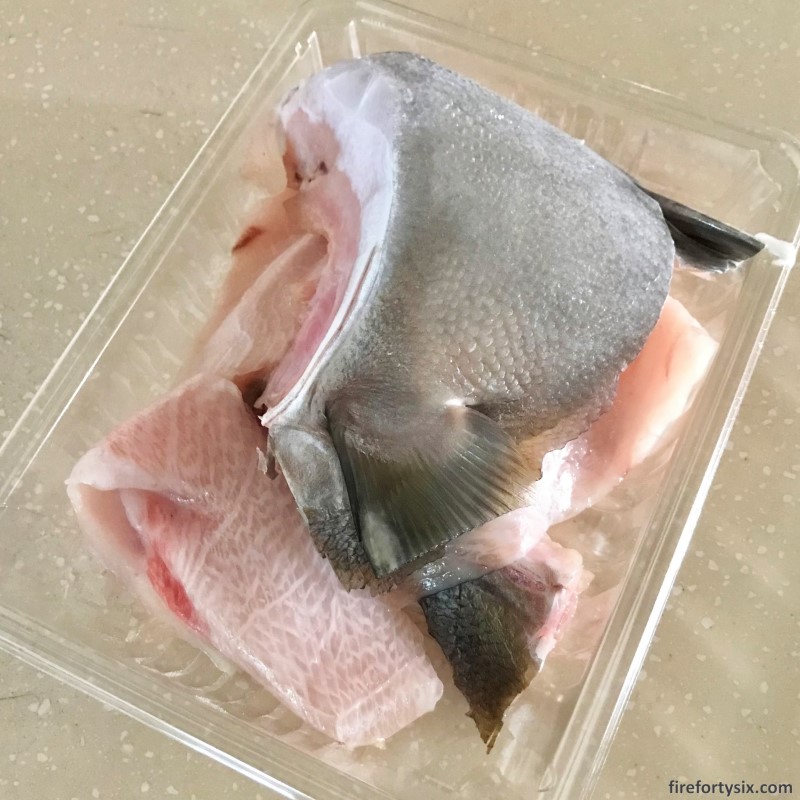
It’s commonly served simply grilled in izakayas, with a sprinkle of salt and lemon wedge on the side. We could have done the same by chucking it in our oven, turning on just the top heating element and blasting it at a high temperature.
But that would have required a fair bit of cleaning afterwards, and I was too lazy for that. So, The Wife used another common preparation — braising it in shoyu, together with ginger, negi, daikon and mushrooms.
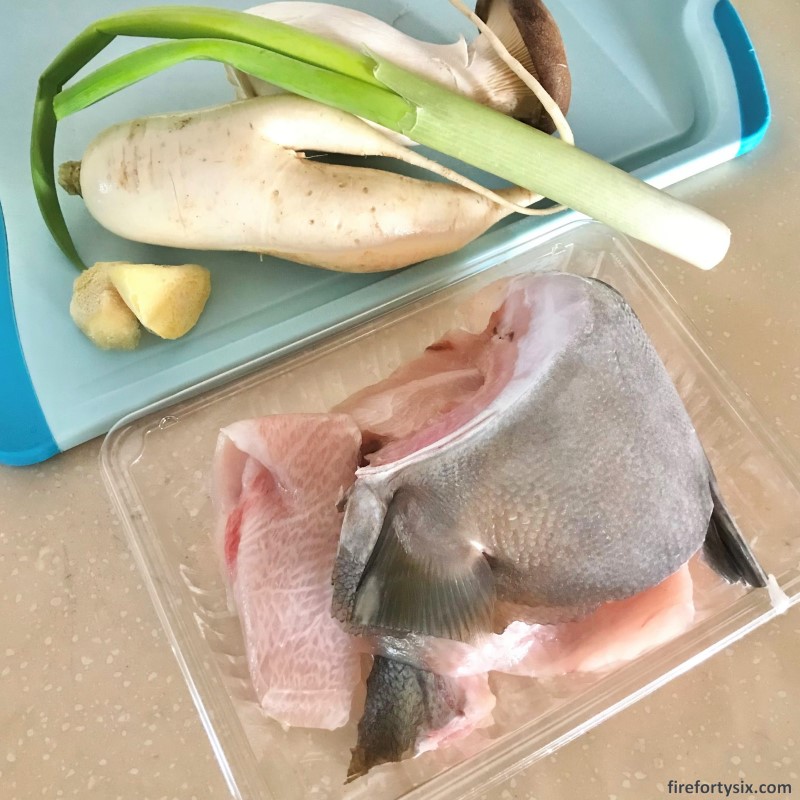
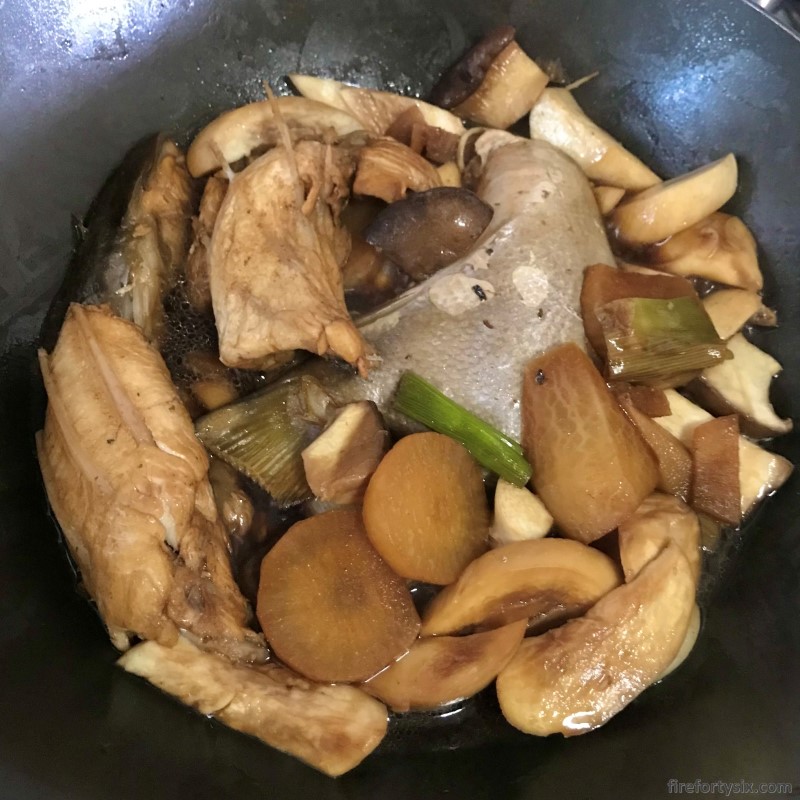
You’d be surprised at how much meat there is in the collar. Just when you think you’ve picked out everything, you’ll find a substantial chunk hidden under a big piece of bone. Just watch out for scales that may not have been removed completely.
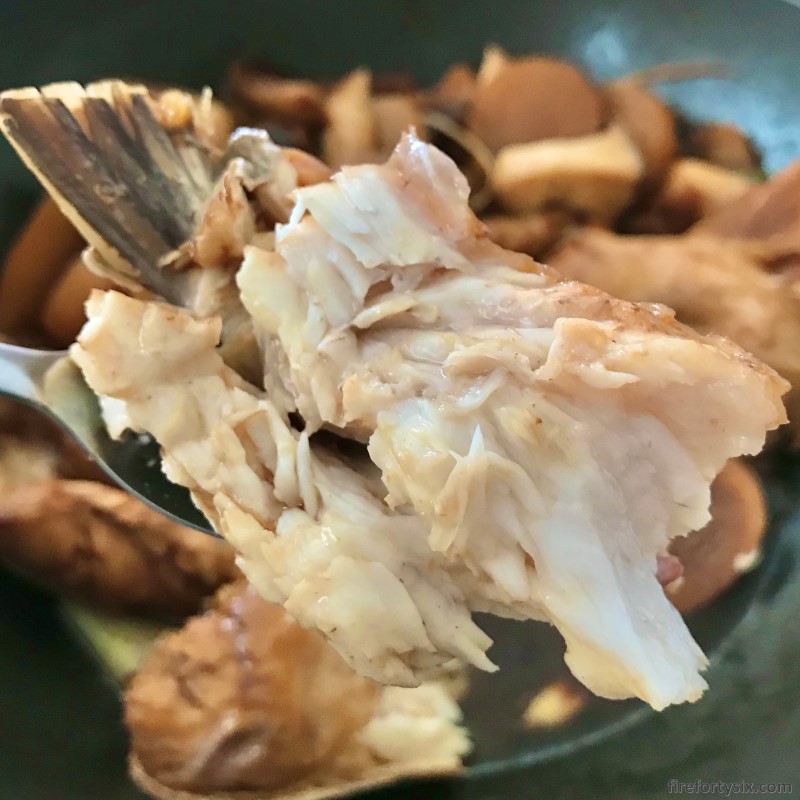
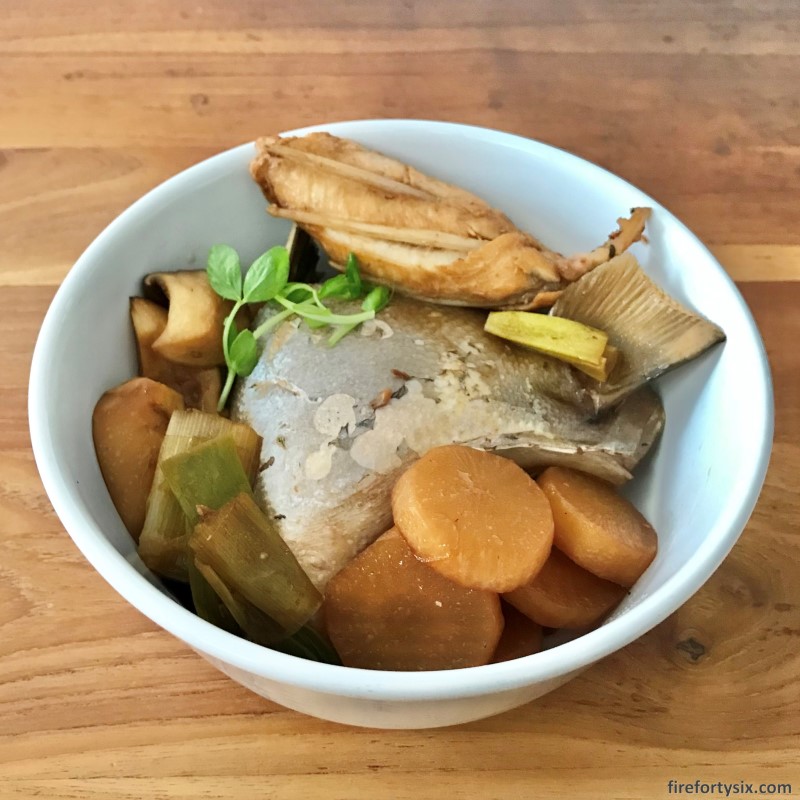
Hamachi Kama
When we visited the Clarke Quay Donki on another day, all the kampachi kama were sold out, leaving just the solitary pack of hamachi kama at a slightly cheaper S$9.80. Since both are in the same “-achi” family, we figured that they would taste similar.
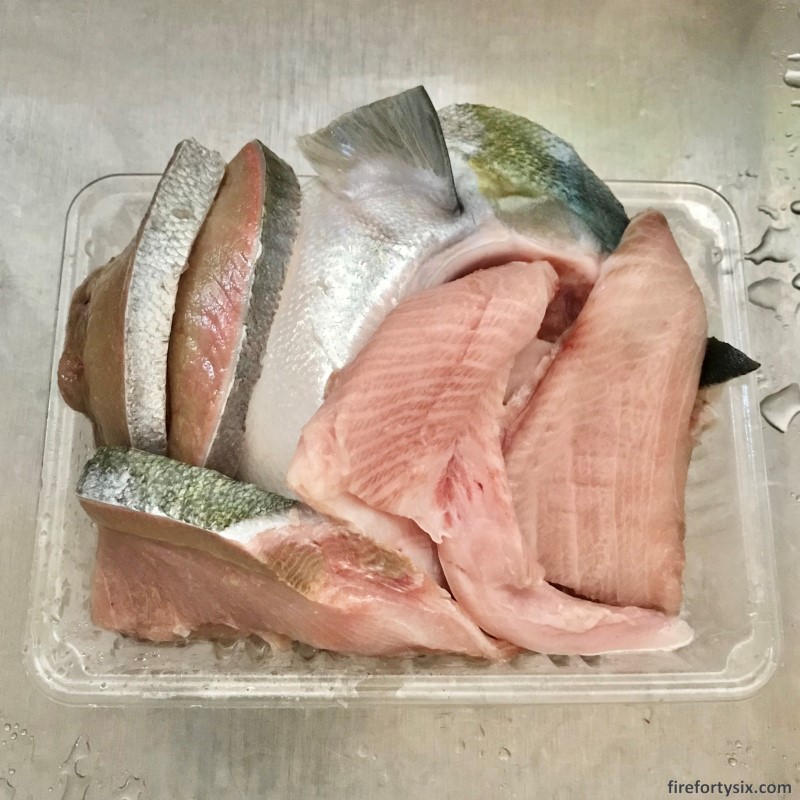
The hamachi collar was chucked into the wok and braised using the tried-and-tested recipe, resulting in another satisfying game of “find the meat and watch out for scales”.
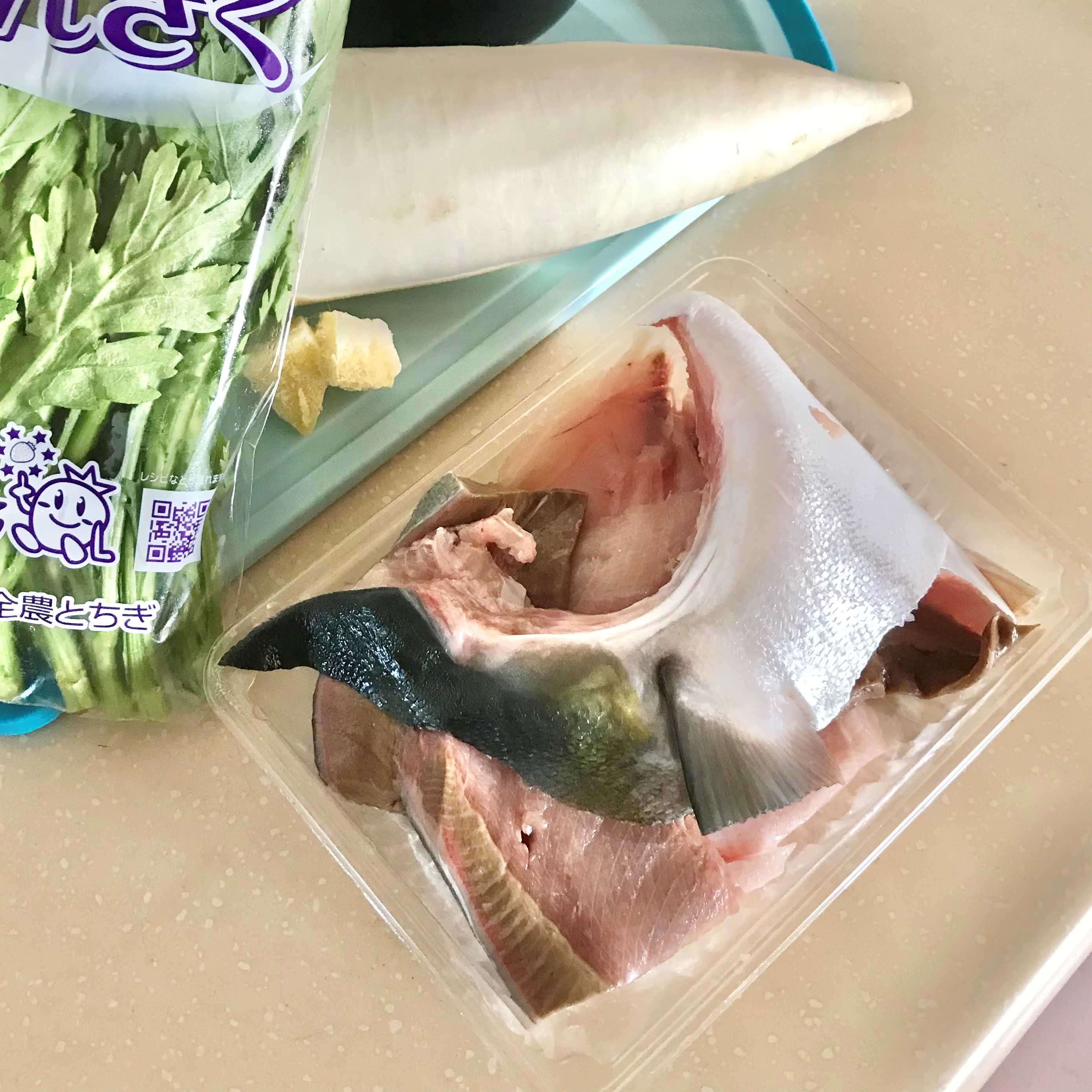
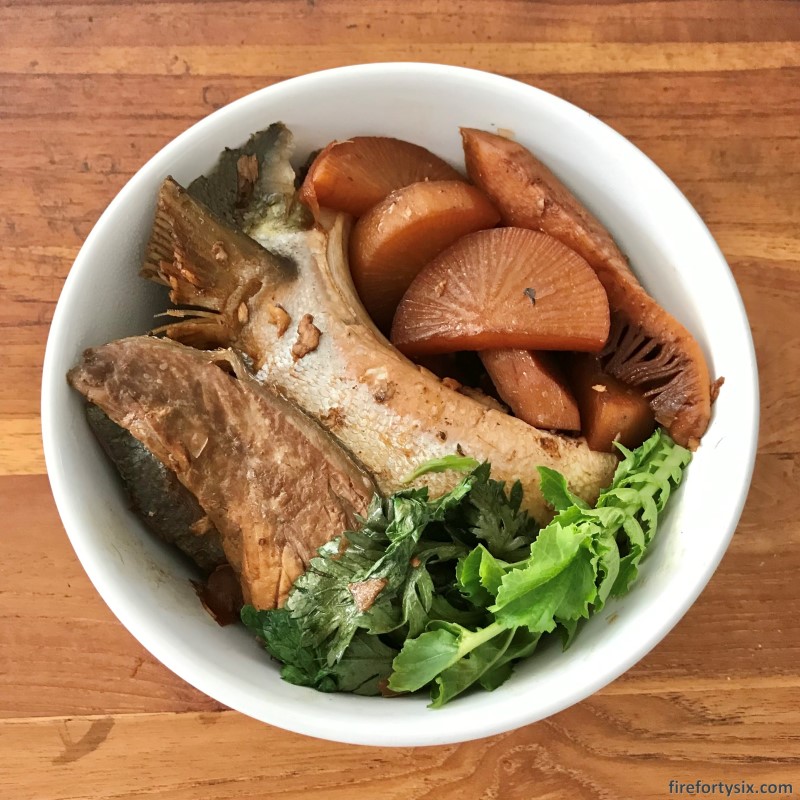
Compared to the previous kampachi kama, this portion of hamachi had visibly more red meat, making the final taste slightly fishier. Which was easily countered using some red yuzu kosho, less common that the green version, but more spicy and less salty.

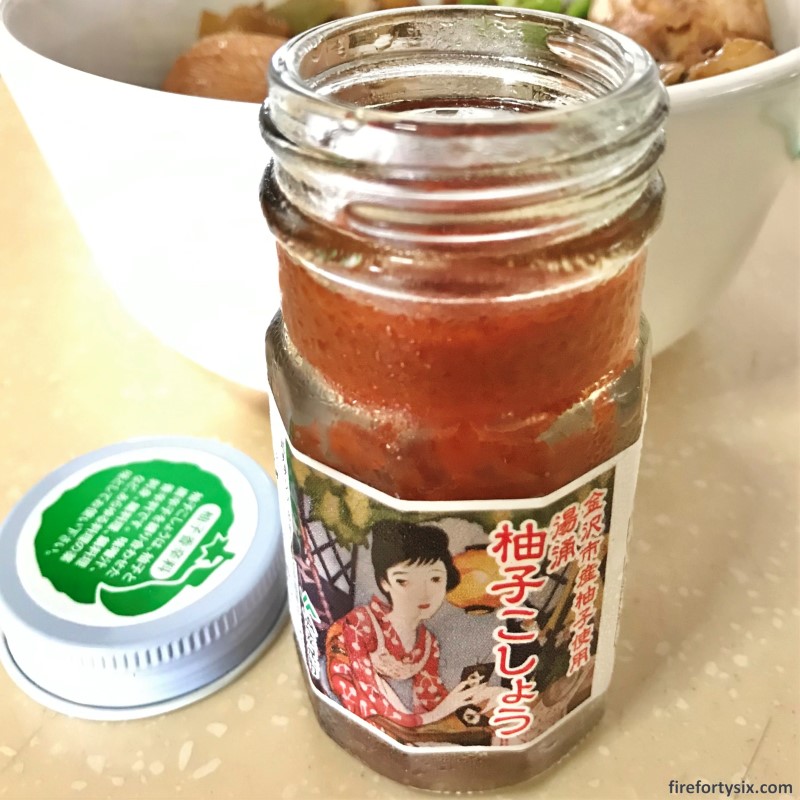
We haven’t tried all the fresh fish on offer at Donki, but our experience so far with the ones that we bought has been very positive. Most of the chiller space is dominated by different cuts of salmon, but if you look hard enough, you’ll find gems like the kampachi collar making an appearance.
The next time you visit your favourite Don Don Donki outlet, why not buy some fresh fish and whip up some simple home-cooked Japanese dishes at home? Both your stomach, and your wallet, will thank you for it.
